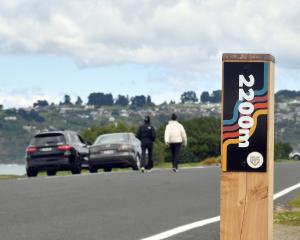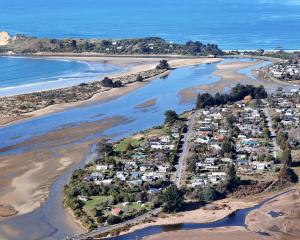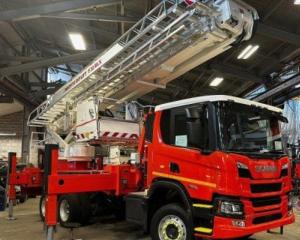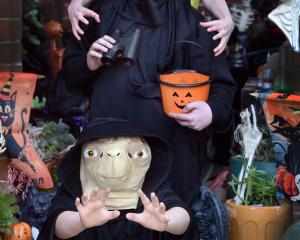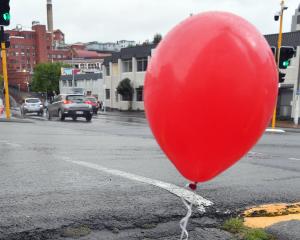When the Dhol Foundation beat its drums at the Regent Theatre during the Otago Festival of the Arts last year, the sound travelled more than 3km.
However, it wasn't the power of the percussion of the Punjabi drummers, but a New Zealand-first experiment which fired the sound at the speed of light from the Regent along a fibre optic network to the New Zealand Music Industry Centre (NZMiC) in Albany St.
The concert was the first in New Zealand to be recorded in one venue and mixed simultaneously in another.
The venture was a collaboration between NZMiC and the Flute municipal fibre broadband network, which was established in 2008 and now has a 13km ultra-high speed network stretching between the Dunedin Botanic Garden and the Oval.
Flute installed network cabinets at each end and connected the buildings through a dedicated multi-channel audio digital line within its fibre optic cable.
"It's dark fibre - fibre with no activity on it at all," NZMiC technician Stephen Stedman said.
"We also hope to get the town hall on board and there are plans afoot to hook up Marama Hall and Allen Hall.
"Eventually, we hope to have as many performance venues as possible linked to the studio, right down to school halls and community halls.
"There are lots of recording spaces around, but this opens things up, so, instead of one studio to one console, you have many studios to one console," he said.
"This has the potential to attract people to Dunedin to perform and record."
The Albany St facility was state of the art when it was built in 1967 for the New Zealand Broadcasting Corporation and includes the only New Zealand studio able to record a full orchestra.
The facility brought "21st century technology to a vintage 1960s studio", University of Otago music department head Prof Henry Johnson said.
"The aim of NZMiC is to act as a mechanism through which the music department can engage with the music industry and foster research outputs and the recording of albums.
"This really raises the bar in terms of what's available in New Zealand," Prof Johnson said.
The Verlaines have just recorded their latest album at the studio.
The new technology was "on a different planet to the '80s and even the '90s", senior music lecturer and Verlaines singer-songwriter Graeme Downes said.
"New Zealand generally, and Dunedin even more so, has historically suffered from the tyranny of distance.
"To collaborate, one needed to travel - pure and simple.
"In the very near future, this will not be the case and projects will ensue, irrespective of the location of the artists involved."
Mr Stedman said he hoped to push the sound envelope to see how far away a performance venue could be from the studio and still be mixed successfully.
"I want to get those links greater distances, so we can work with other cities and offshore, to Australia, the United States, the UK and Europe.
"But that will all take time.
"No-one was sure we could do 3.2km.
"It's an evolution.
"It's about getting it established and finding the common ground.
"The recession has meant all studios are having to box clever to survive and we're fine-tuning the whole thing all the time."
The star of the show is the C200HD mixing desk, which was bought by the University of Otago for $1 million in January from English company Solid State Logic.
The 128-channel sound desk was commissioned in March and is the only one of its kind in New Zealand.
It can simultaneously record from nearly 100 inputs or microphones directly to computer hard drive.
As a community resource, it had the potential to record performances at any Dunedin venues, once fibre pathways were established, NZMiC collaborator and dunedinmusic.com founder Scott Muir said.
"The studio is a teaching and research facility first and foremost, but commercial and community service projects are also high on our agenda.
"We are interested in collaborating ... in as diverse a manner of ways as we can."
When the Otago Daily Times visited, University of Otago senior music lecturer Rob Burns was laying down bass tracks for a composer in Canada and a rock band in Hawaii.
"We're recording such pristine tracks for them.
"We're doing a lot more academic collaborative work," Mr Stedman said.
